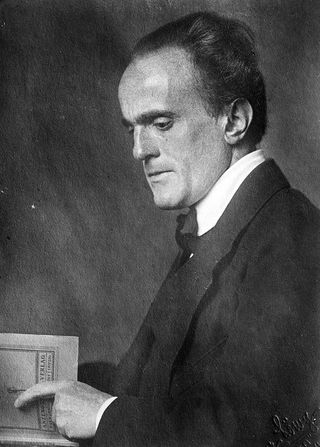Synchronicity
Seriality vs Synchronicity: Kammerer vs Jung
Can synchronicities be explained naturally rather than metaphysically?
Posted March 25, 2017

While Jung insisted that meaningful coincidences could be explained through the "constellation" (activation) of archetypes, his contemporary Paul Kammerer thought they could be explained by current scientific principles. John Townley is keeping Kammerer's perspective alive and evolving. To listen to our radio interview please click here.
John Townley writes:
"Paul Kammerer (1880-1926) was an Austrian biologist who studied and advocated the Lamarckian theory of inheritance--namely that environmentally induced genetic changes in the parent could influence the genetics of the offspring. His work was condemned by followers of the incoming Darwinian theory. However, he has recently been recognized as having uncovered the principles of epigenetics, far ahead of his time.
"Equally important may have been Kammerer's other passion--collecting coincidence stories. He published a book with the title Das Gesetz der Serie (The Law of the Series, 1919) in which he recounted some 100 example anecdotes of coincidences organized into types, sub-types, and families, not unlike Linnaeus’s biological categories.
"He proposed that coincidences are actually just visible peaks of larger moving entities of organized information, which he called “constellations of bodies and forces” that displayed affinity and attraction under natural law. He developed some basic principles of how it might work, drawing on the physics of his time, including an “imitation hypothesis”, an “attraction hypothesis” and the principle of “persistence”, an extension of inertia that applied to systems and information as well as physical bodies. Again ahead of his time, much of what he describes as “seriality” is similar to what has more recently developed in chaos, complexity, and catastrophe theories.
"Albert Einstein himself called Kammerer’s theories "interesting, and by no means absurd", while Carl Jung later drew upon Kammerer's work in his essay Synchronicity. But Kammer’s approach to coincidence is almost the opposite of Jung’s, who attributed most of “synchronicity” to the inner world of the subconscious and psychological “archetypes”. Kammerer believed coincidences happen externally, as a part of less-obvious ongoing real-world systems, and we just notice them, more or less selectively, as they rise to the level of our attention.
"By removing coincidence from the murky world of individual psychological projection, he opens up possibilities of research that views the specific incidents as part of a larger, shared structure. His refreshingly-physical approach may be a helpful key in studying all sorts of anomalistic events and uncovering hidden patterns in fields as far apart as parapsychology, homeopathy, astrology, ritual, epidemiology, criminology, historical anthropology, creativity and the arts, and statistics."
To hear Townley discuss Kammerer, please listen to our interview here.
For Townley's synopsis of Kammerer's ideas please click here.
If you would like to read an introduction to the translation of The Law of Seriality or request a copy of the full translation, please click here.


